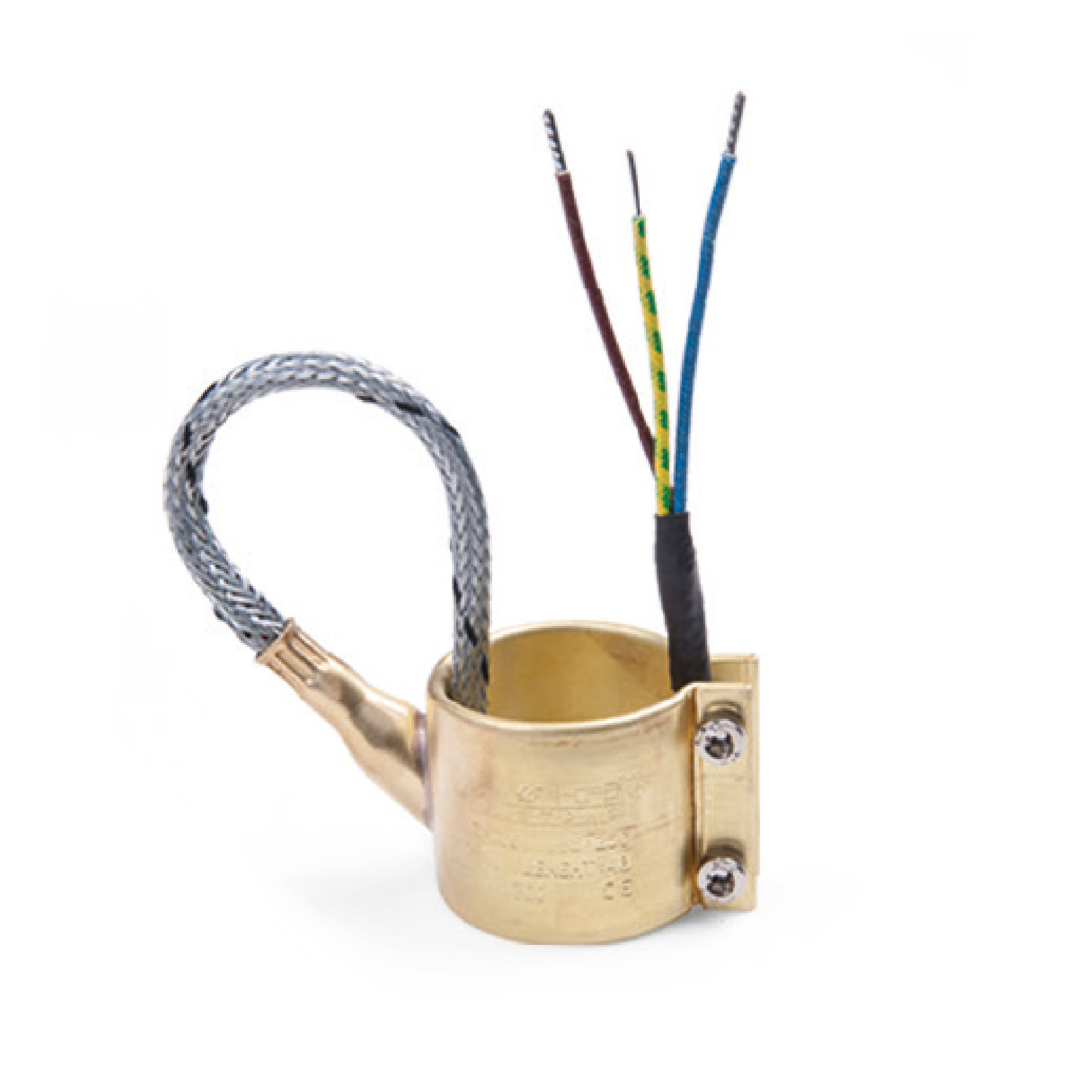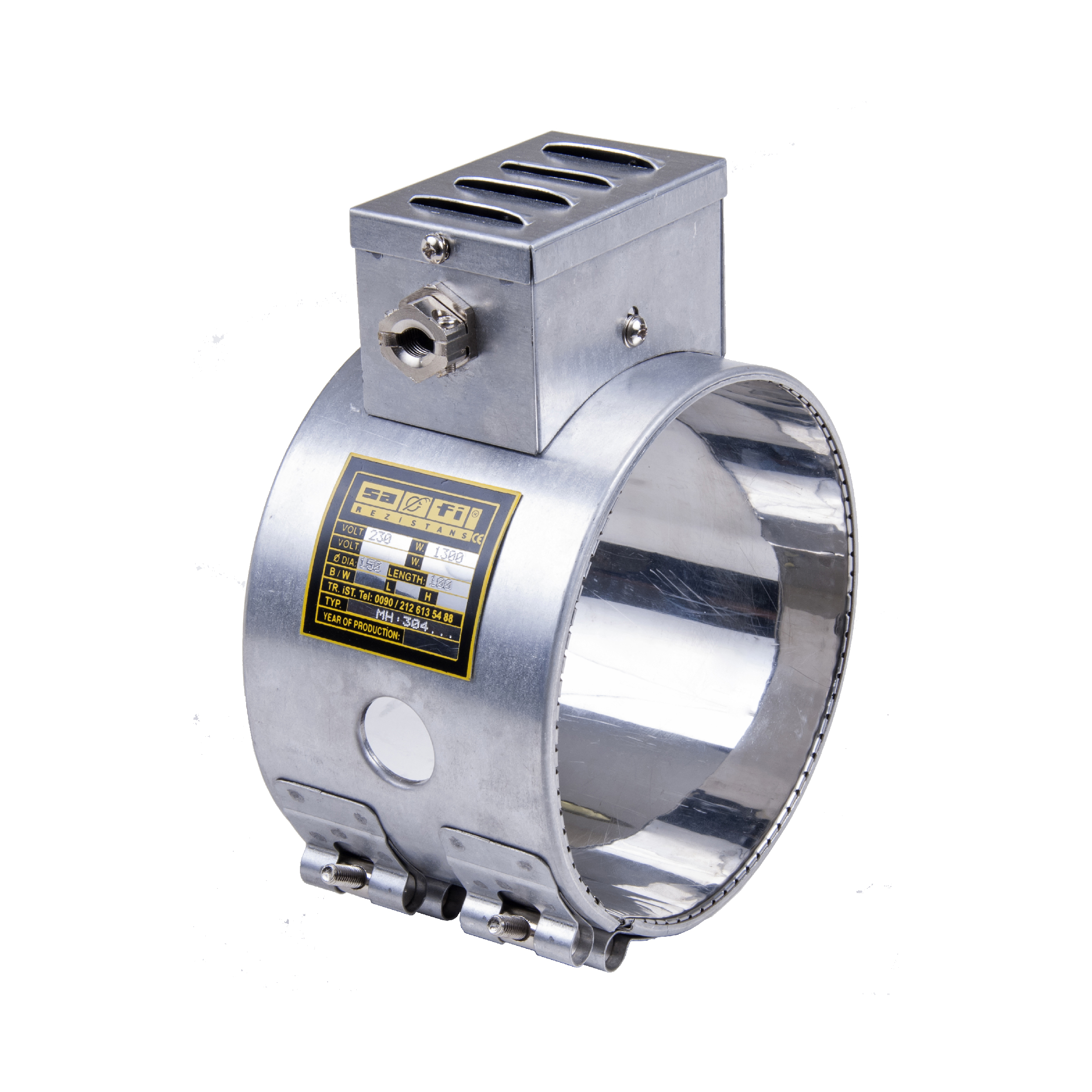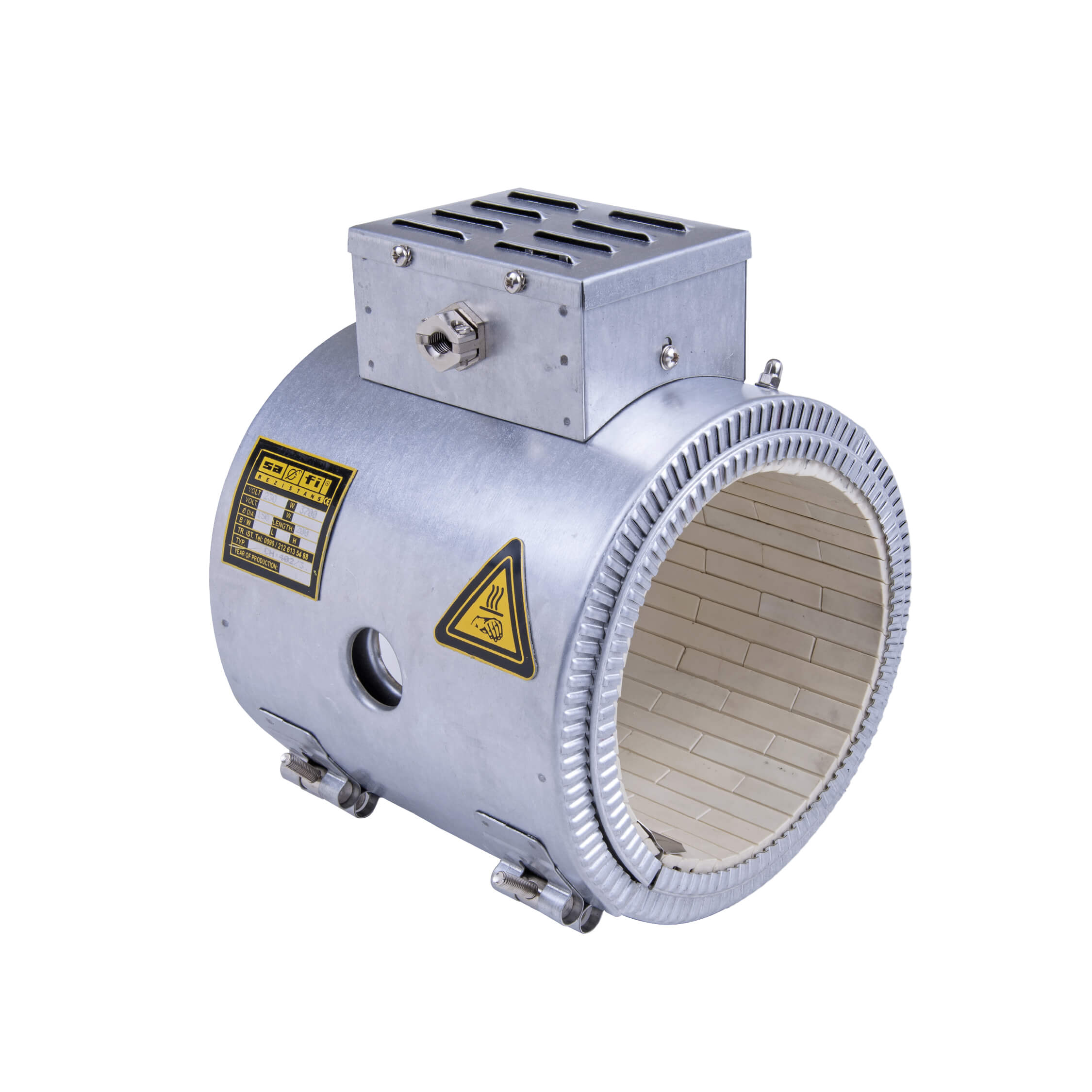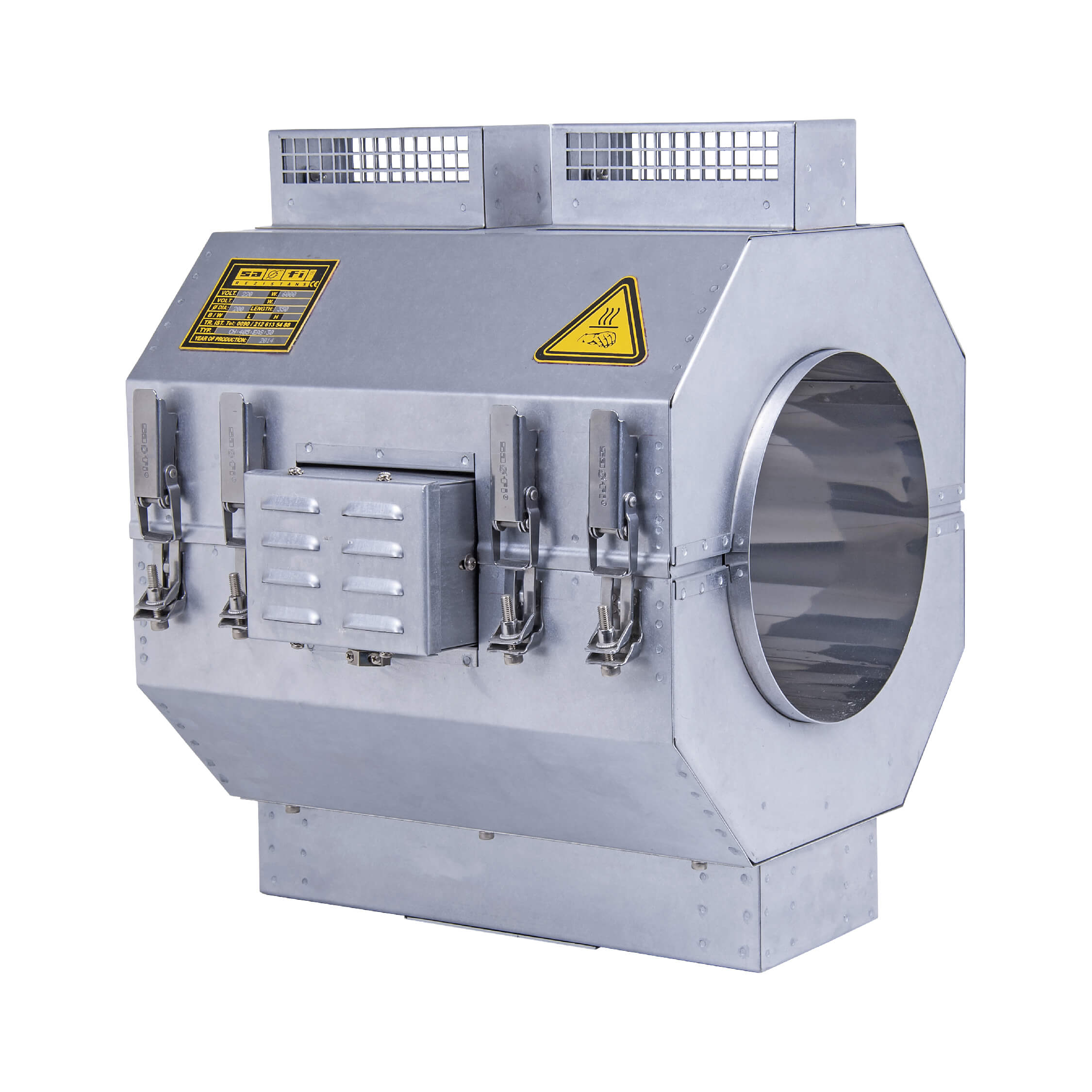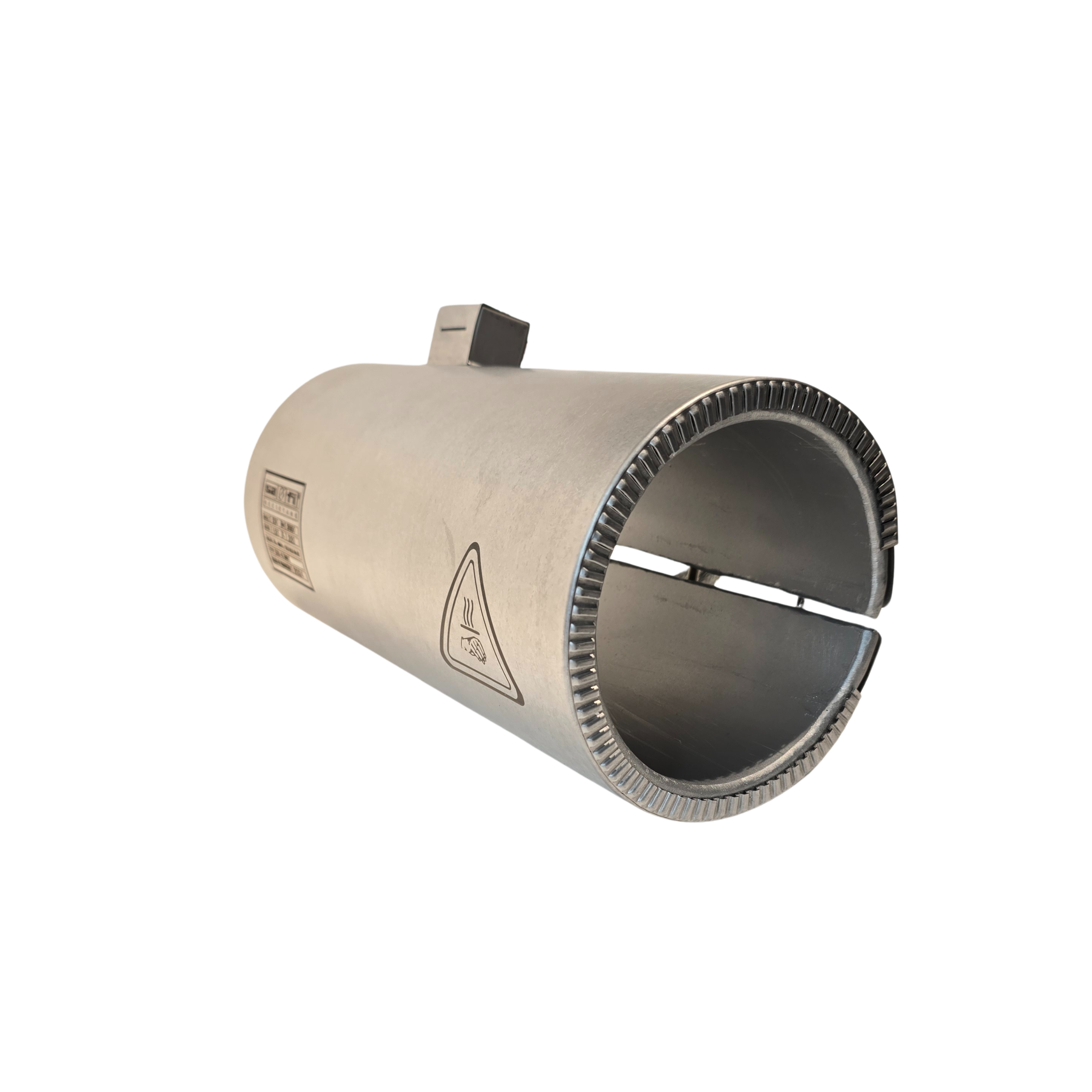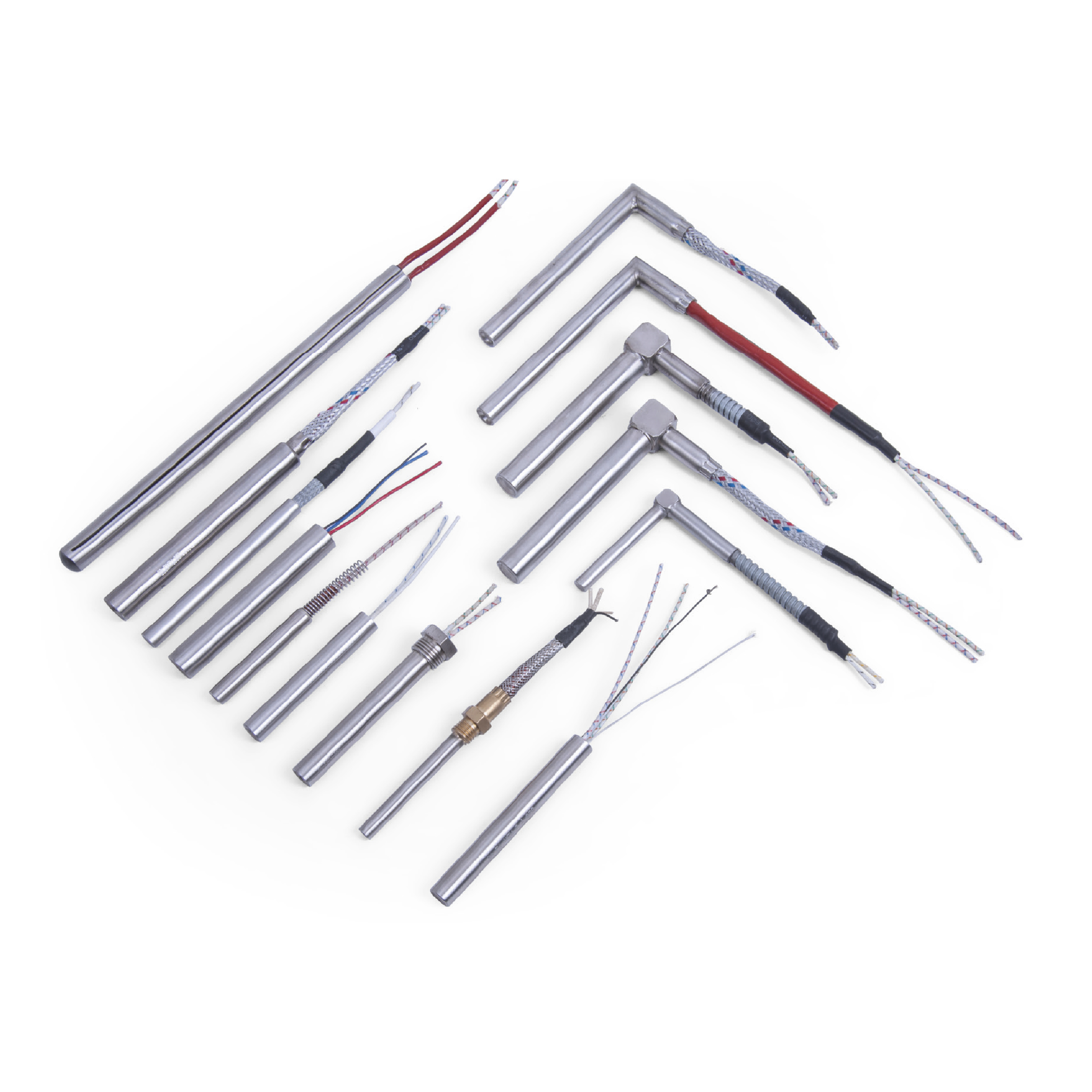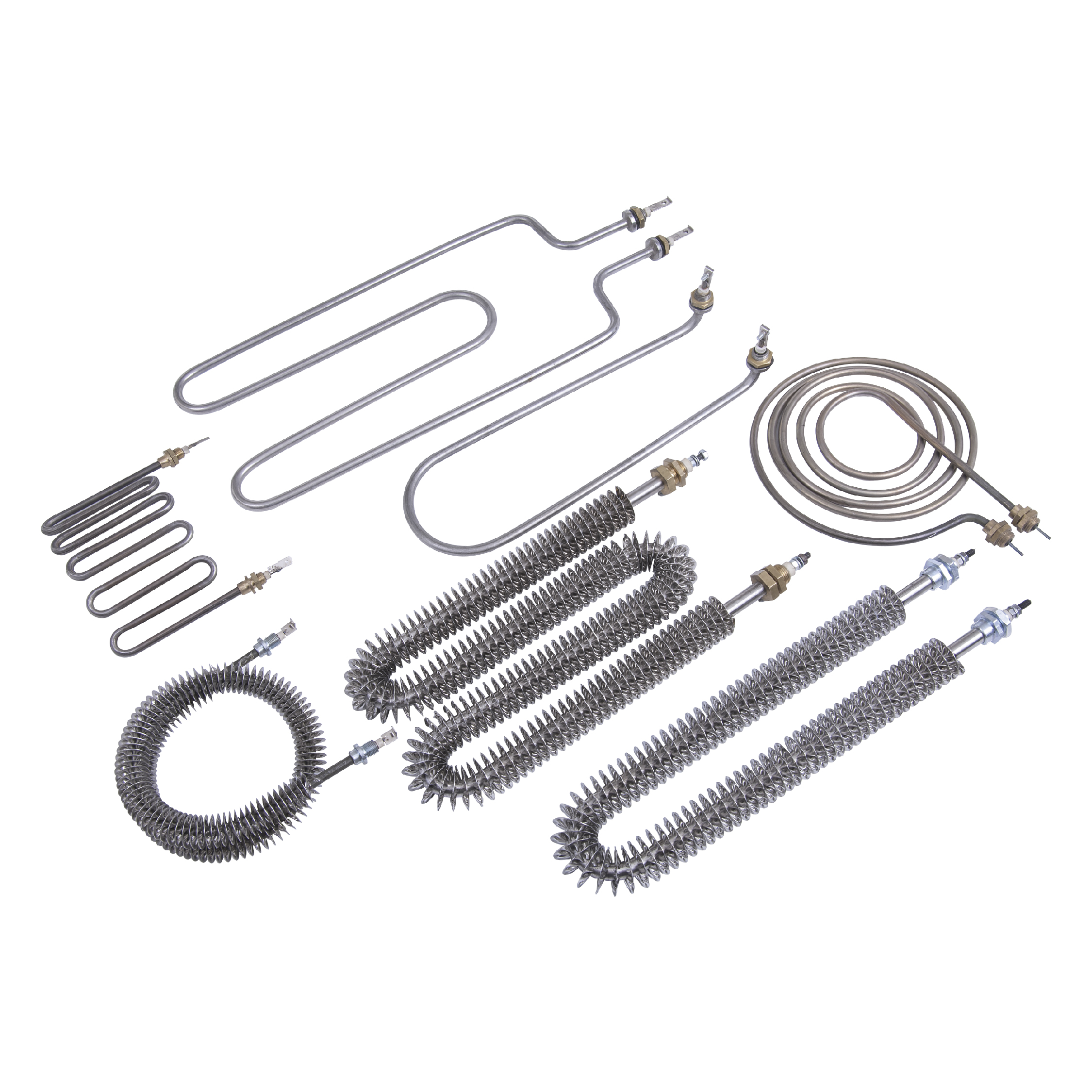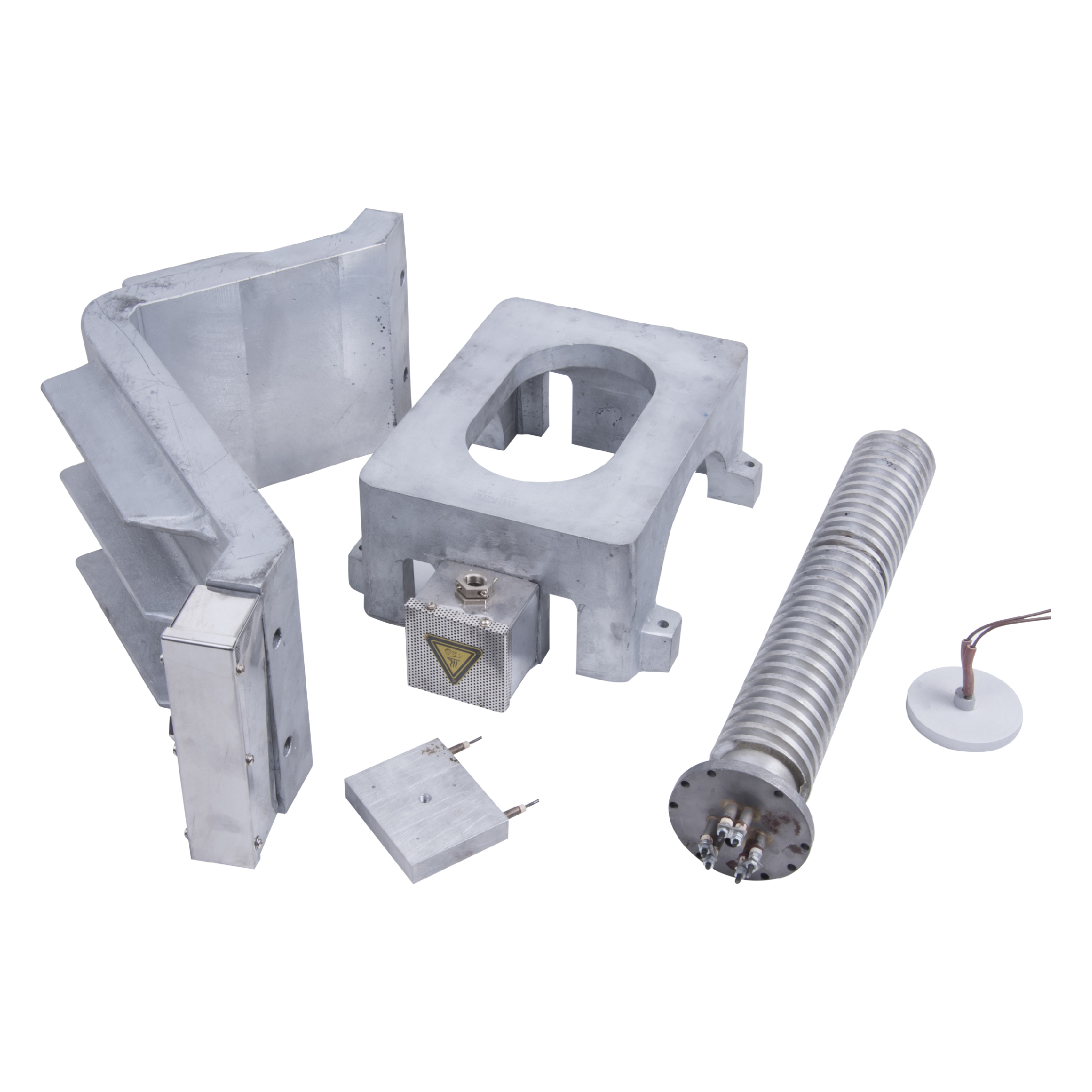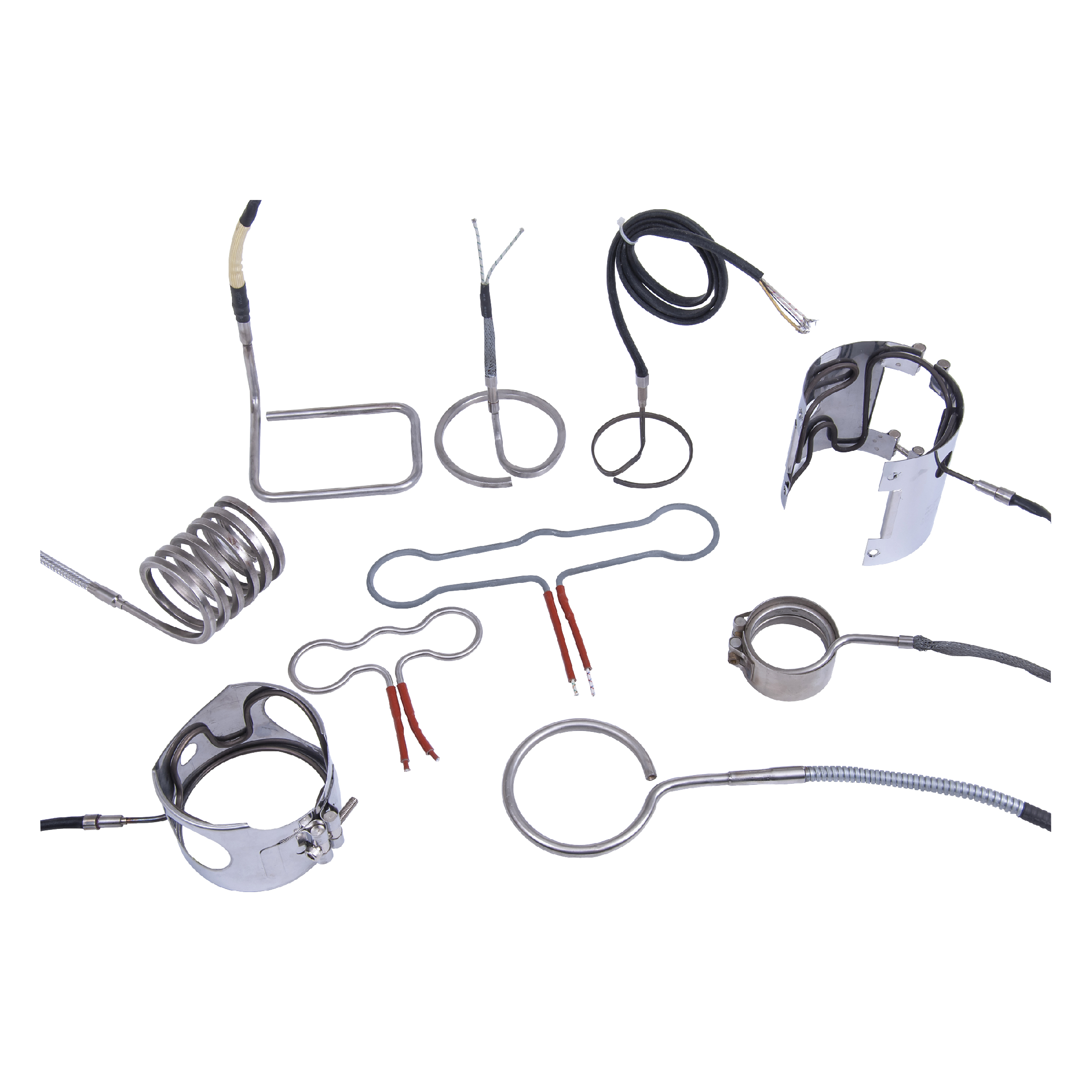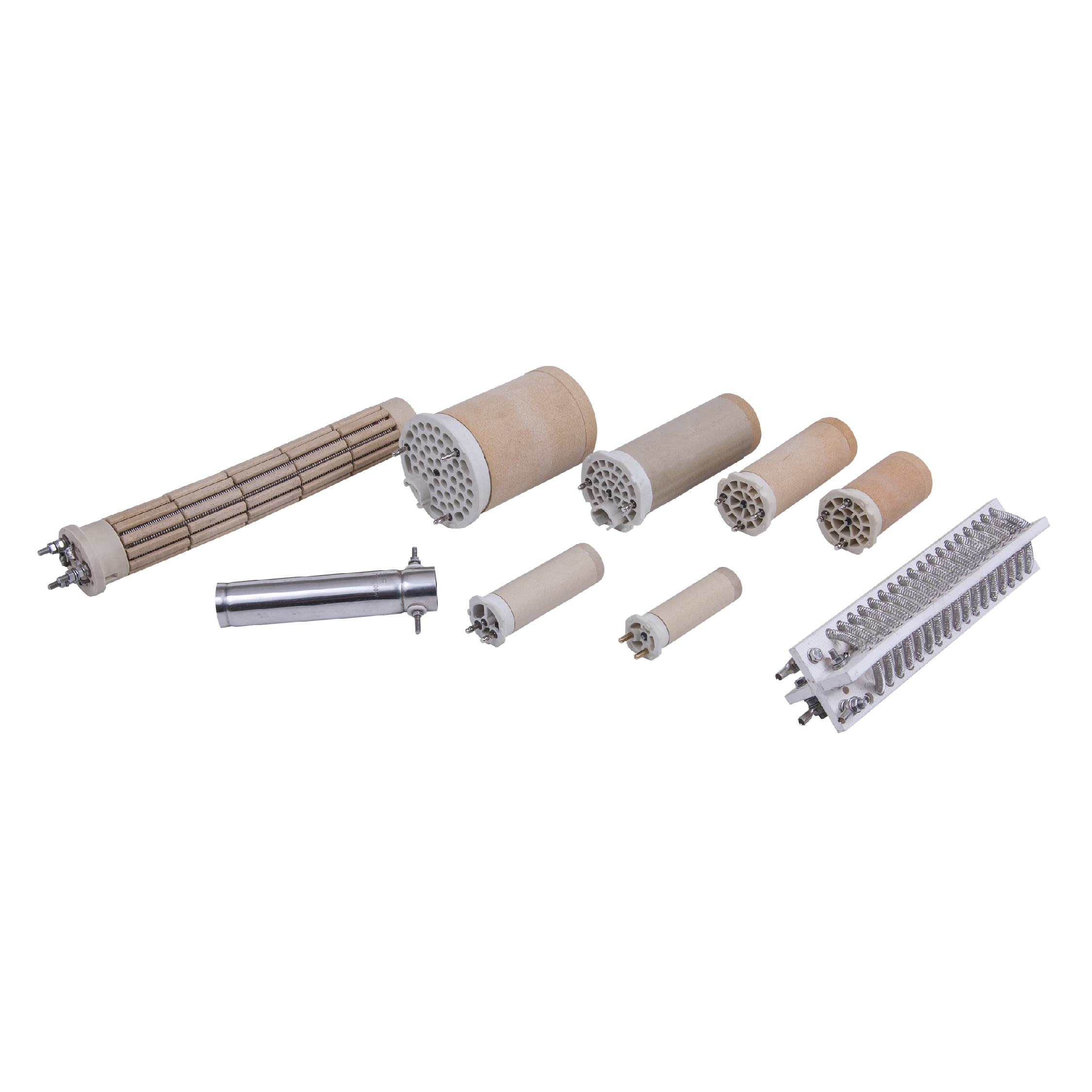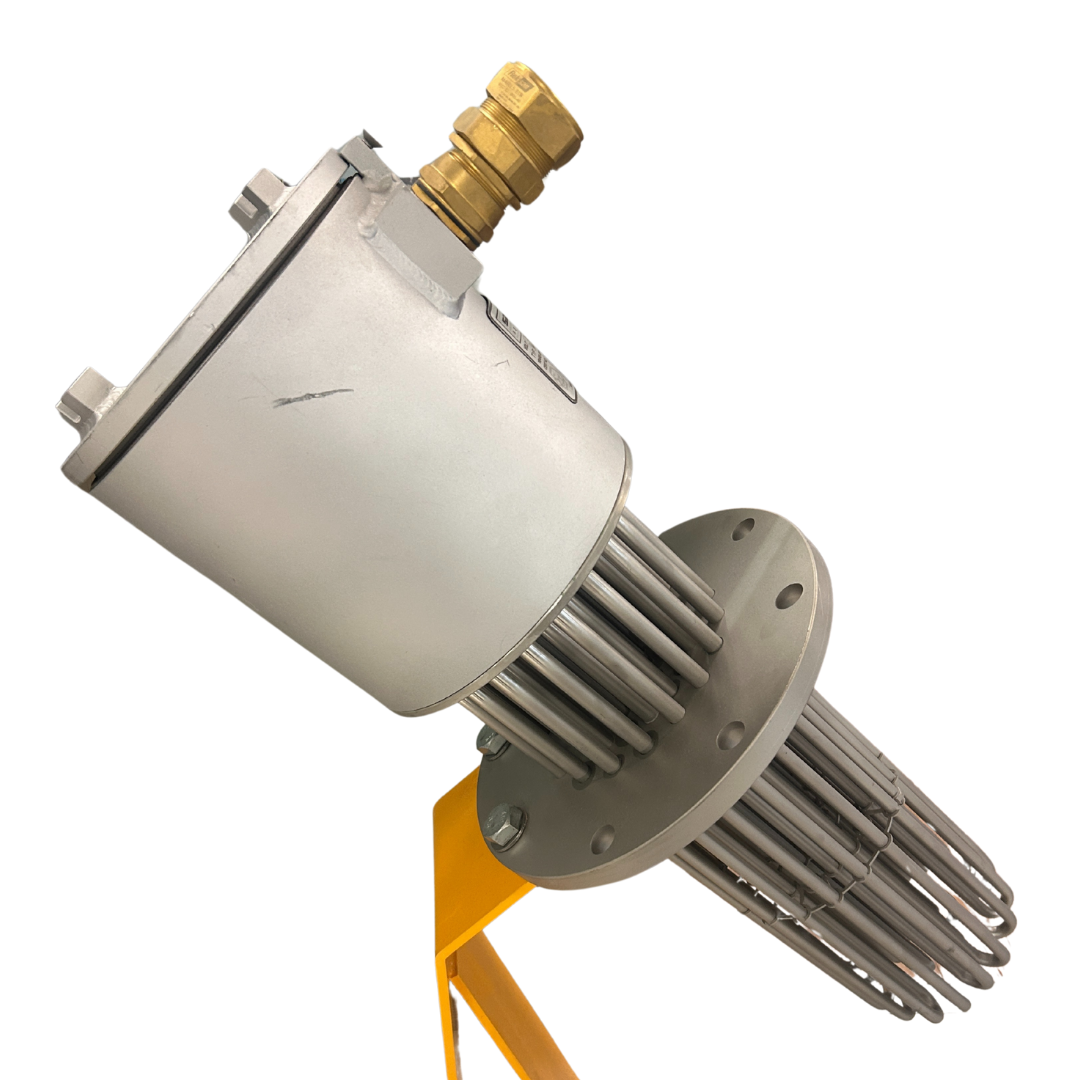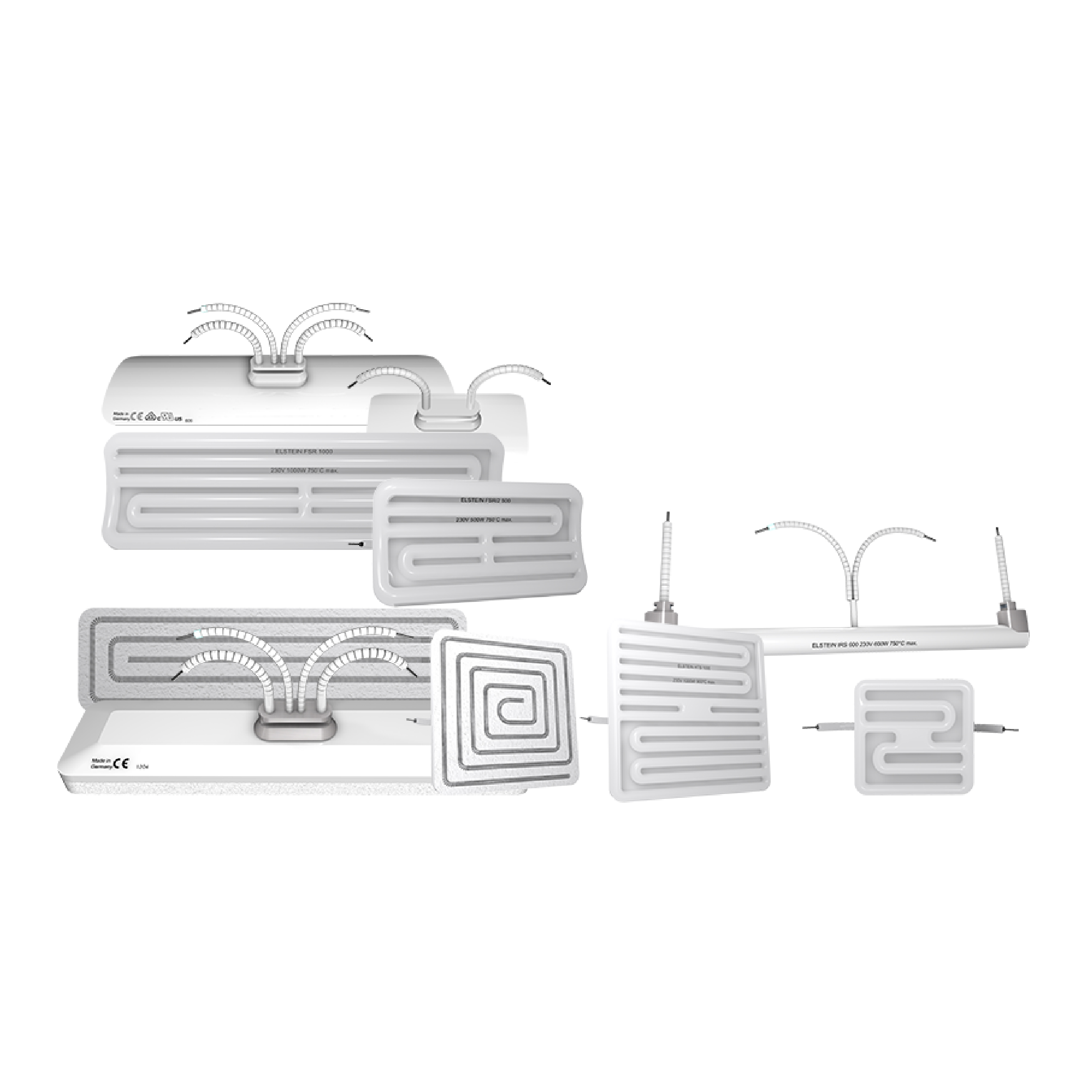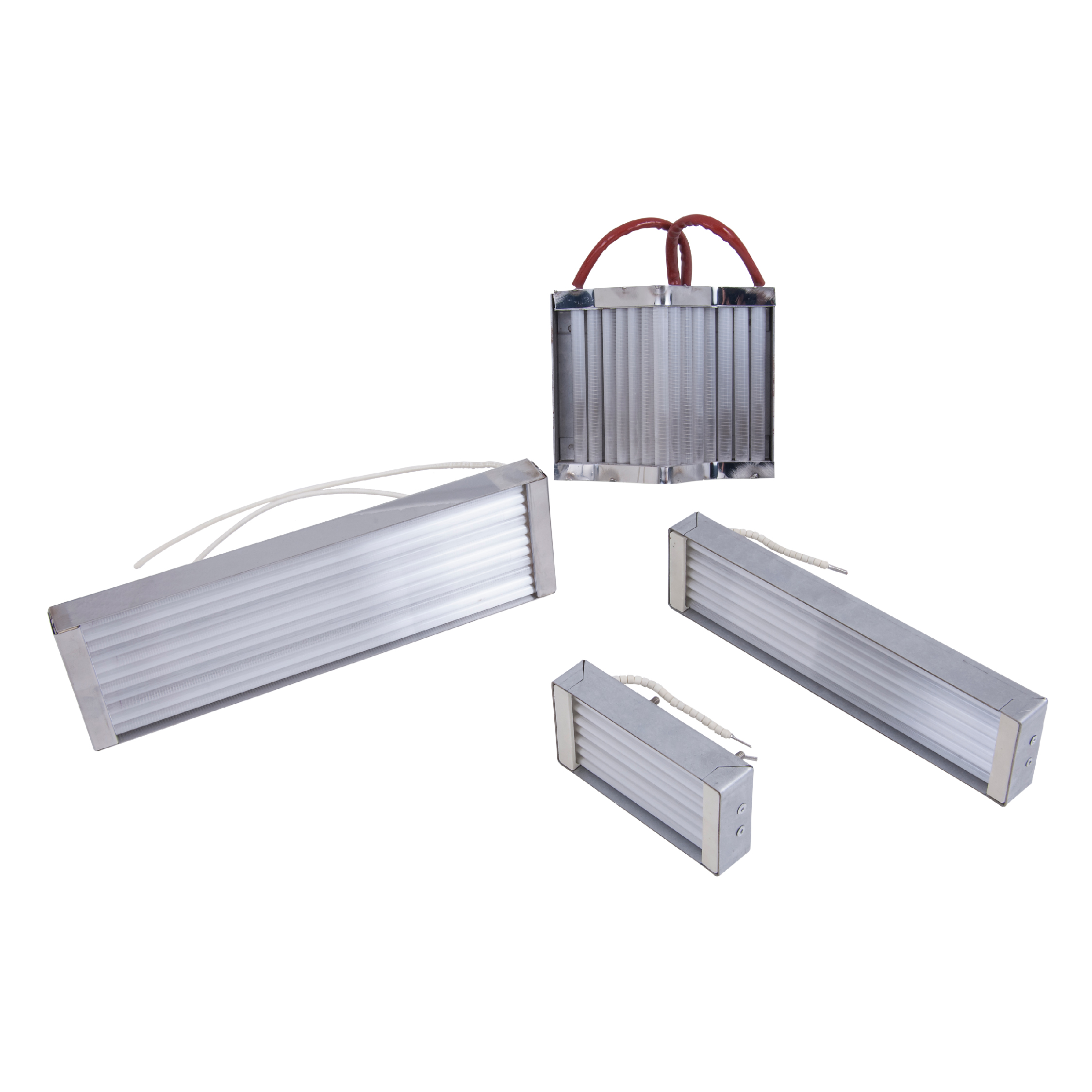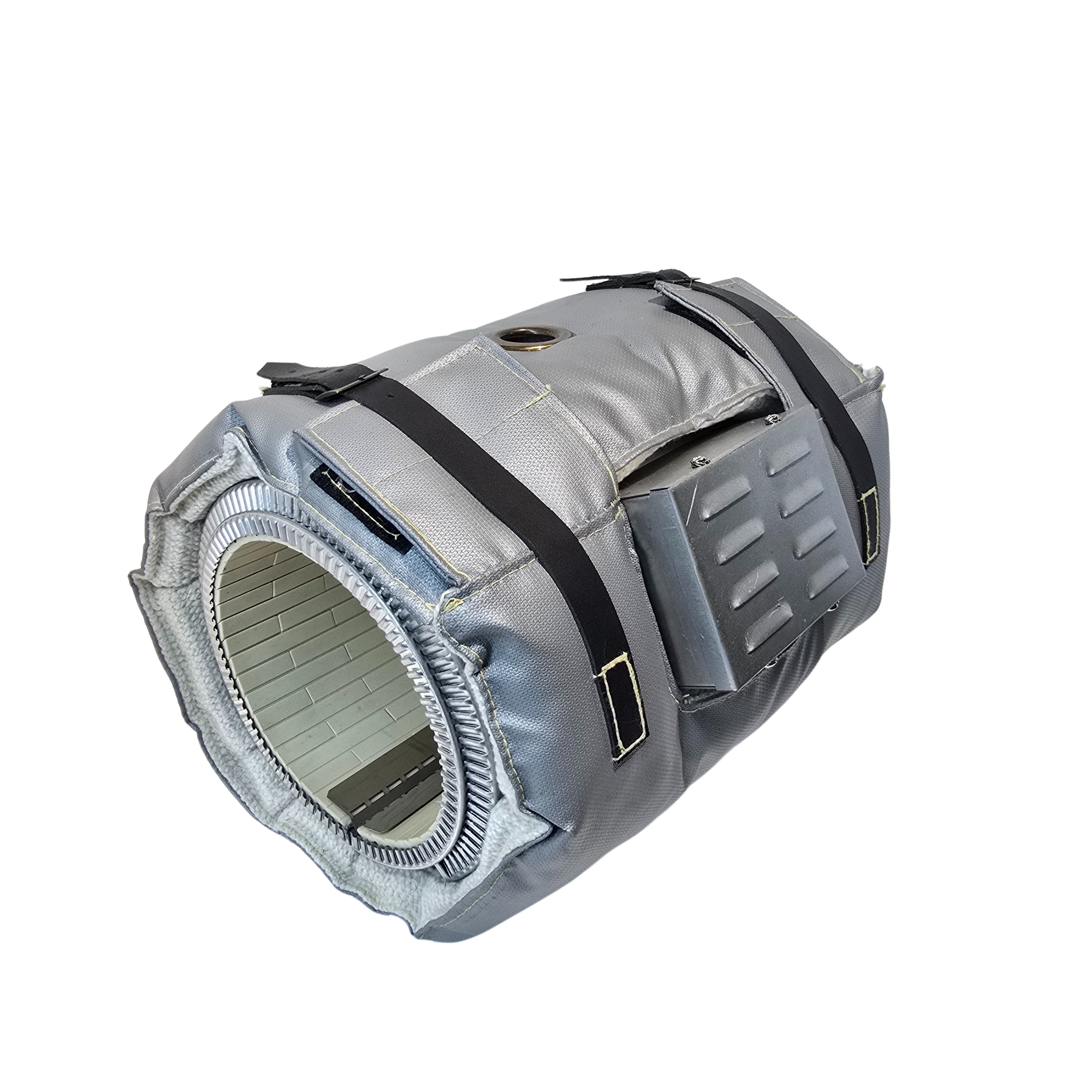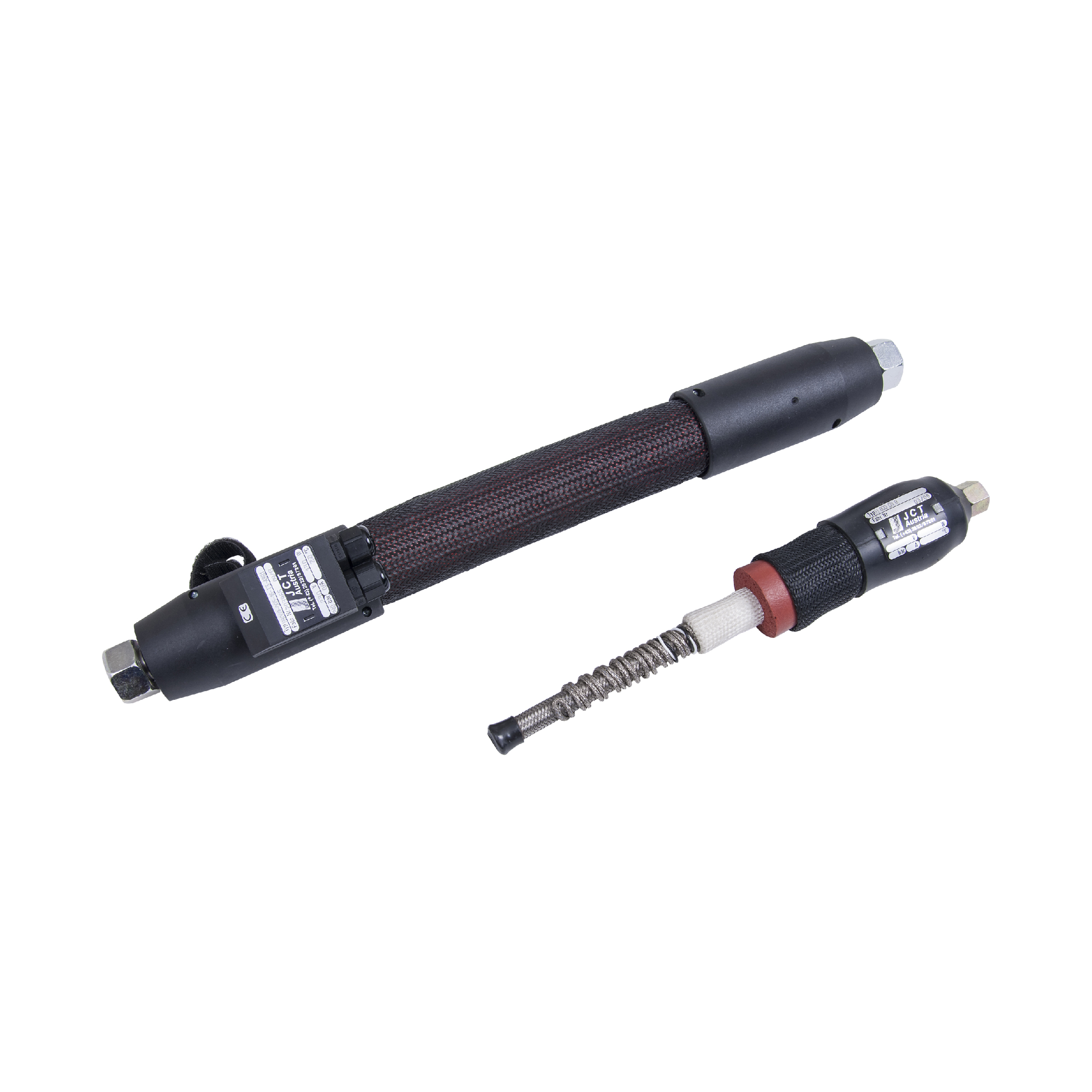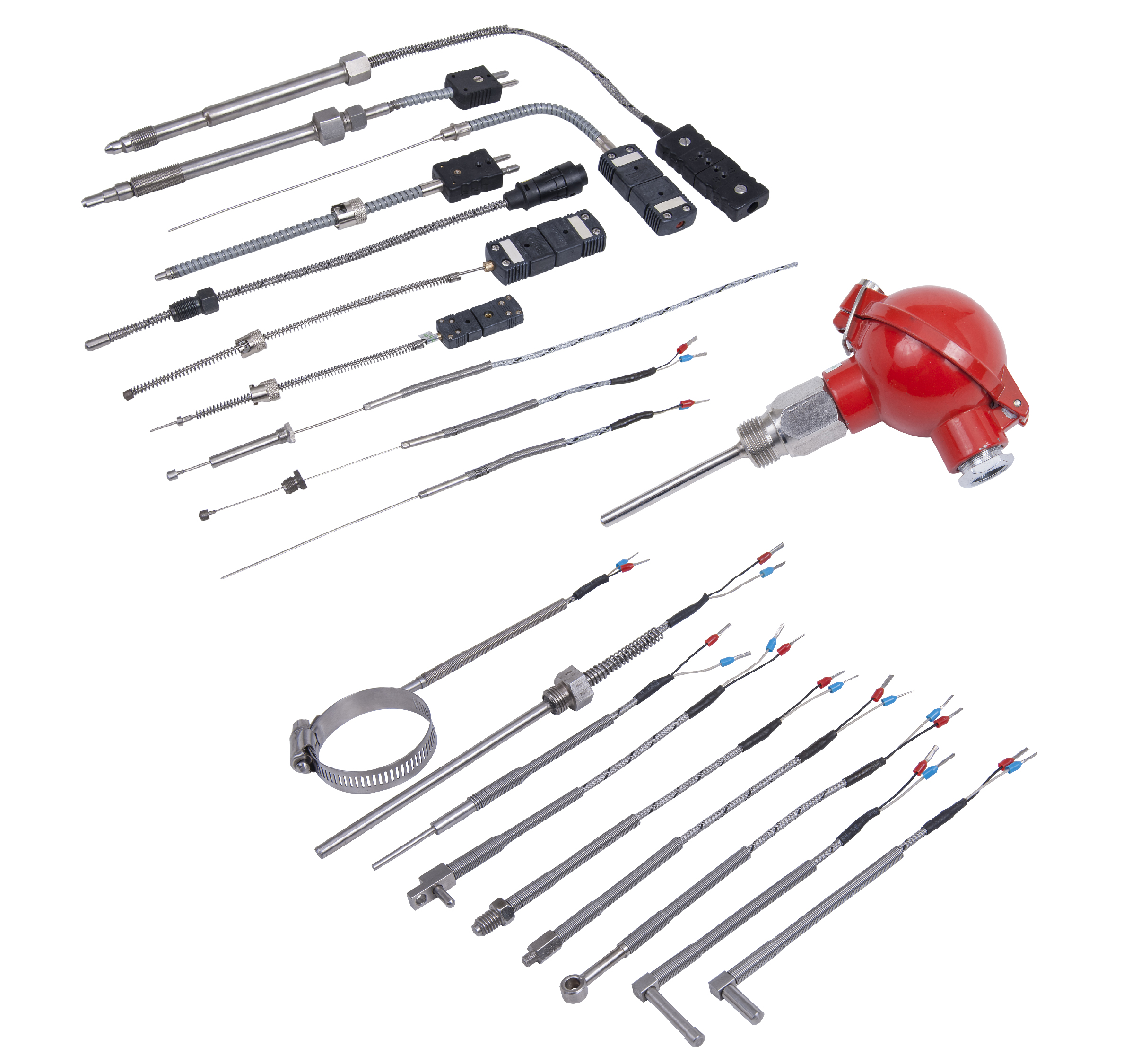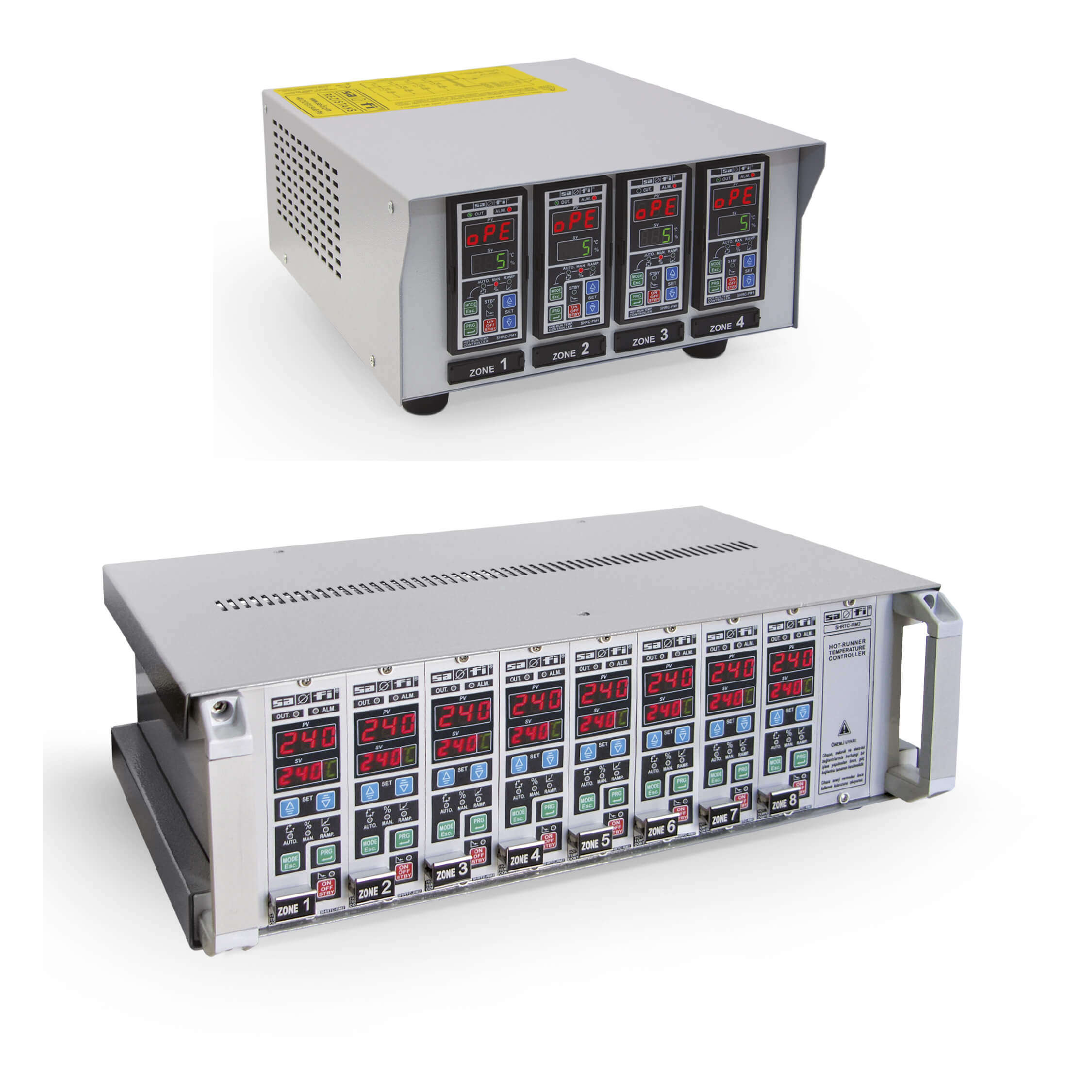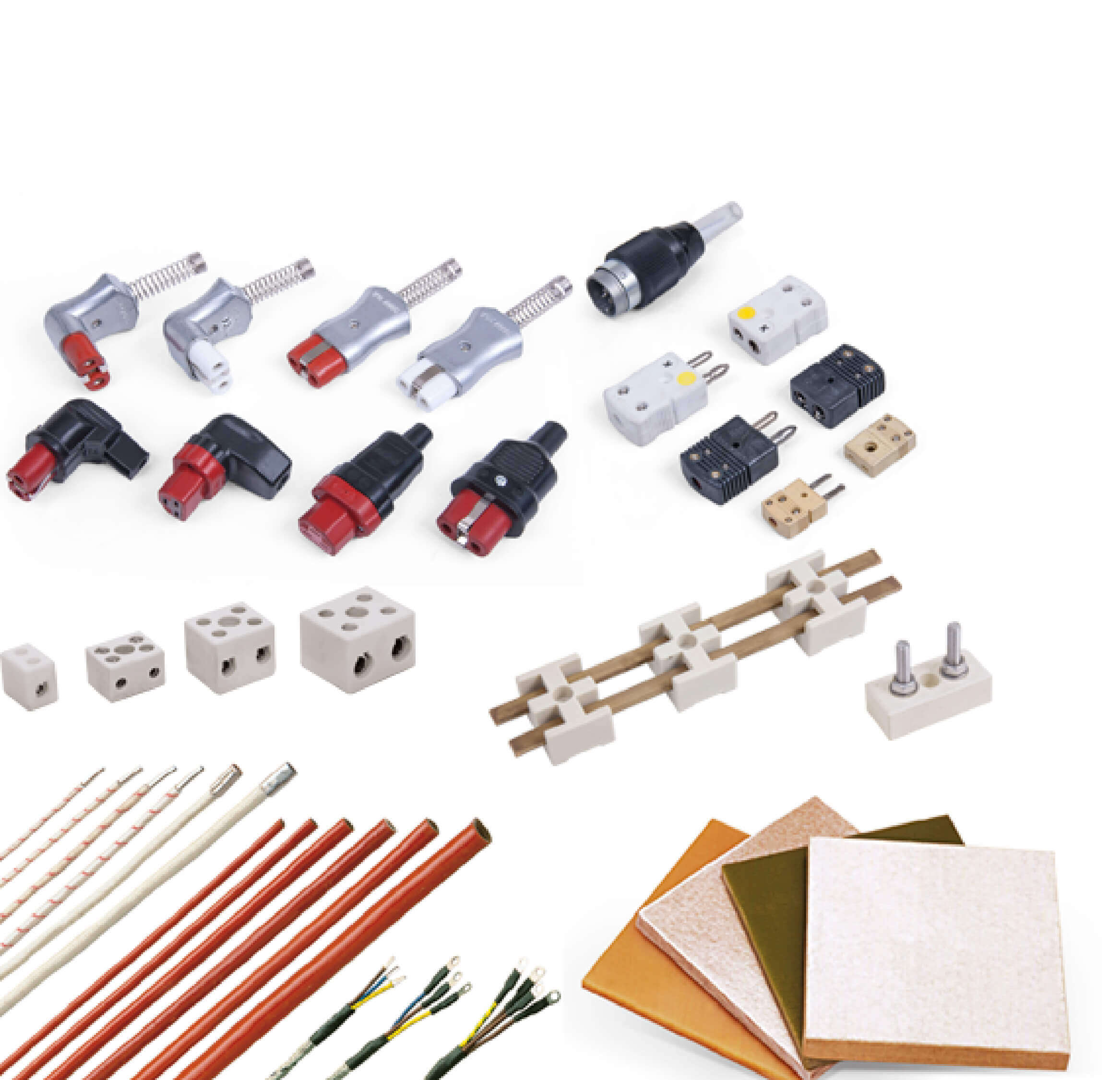Thermocouple Selection and Importance: Accurate Measurement for Reliable Processes
Thermocouples are fundamental tools for temperature measurement in industrial processes. Choosing the right thermocouple not only improves system efficiency but also extends the lifespan of equipment. In this article, we will explore what a thermocouple is, its types, and the key criteria for proper selection.
What is a Thermocouple?
A thermocouple is a temperature sensor created by joining two dissimilar metals. This junction generates a voltage that corresponds to temperature. The generated voltage is then converted into a temperature reading based on a defined calibration.
Types of Thermocouples and Their Applications
Each thermocouple type performs more efficiently within specific temperature ranges and environmental conditions. Common thermocouple types include:
| Type | Temperature Range | Advantages | Applications |
|---|---|---|---|
| Type K | -200°C to +1260°C | Affordable, widely used, resistant to oxidizing environments | Plastic injection, food industry, heaters |
| Type J | -40°C to +750°C | Low cost, sensitive to oxidation | Furnaces, low-temperature applications |
| Type T | -200°C to +370°C | High accuracy at low temperatures | Refrigeration, laboratories |
| Type N | -200°C to +1300°C | High stability, more consistent than Type K | Petrochemical industry, energy sector |
| Type S/R/B | 0°C to +1700°C | Long life at high temperatures | Glass manufacturing, metallurgy, furnaces |
Key Criteria for Selecting a Thermocouple
- Temperature Range: Know the minimum and maximum temperatures of your application. Choosing the wrong type may lead to measurement errors or sensor failure.
- Environmental Conditions: In humid, corrosive, high-pressure, or vacuum environments, use protected thermocouples or types suitable for harsh conditions (e.g., Type N).
- Sensitivity and Response Time: For rapid changes, choose fine-gauge or fast-response thermocouples.
- Durability and Lifespan: Frequently replaced sensors increase maintenance costs. High-quality materials offer long-term reliability.
- System Compatibility: Ensure the thermocouple’s signal type and connection match your control system or PLC.
The Importance of Using Thermocouples
- Process Control: Accurate temperature monitoring is critical in temperature-sensitive production lines to maintain product quality.
- Energy Efficiency: Incorrect readings can lead to excessive energy use or equipment damage.
- Safety: Overheating in furnaces, boilers, or reactors can be dangerous. Proper thermocouple usage helps prevent accidents.
- Calibration Ease: Properly selected thermocouples maintain long-term stability with regular calibration.
Thermocouple selection is not just about picking a sensor—it's a strategic decision affecting system safety, cost management, and quality assurance. Choosing the most suitable thermocouple based on the environment, temperature range, and application needs is essential for successful operations.

